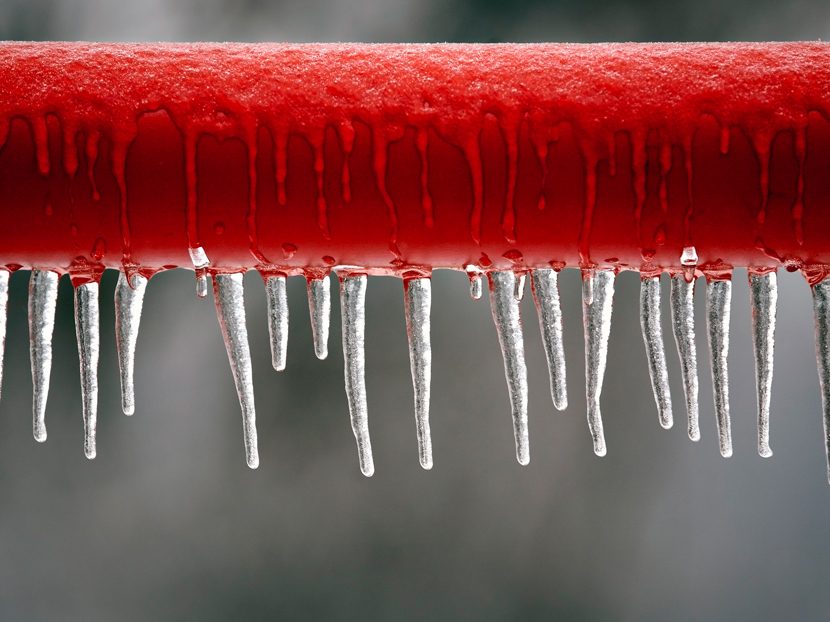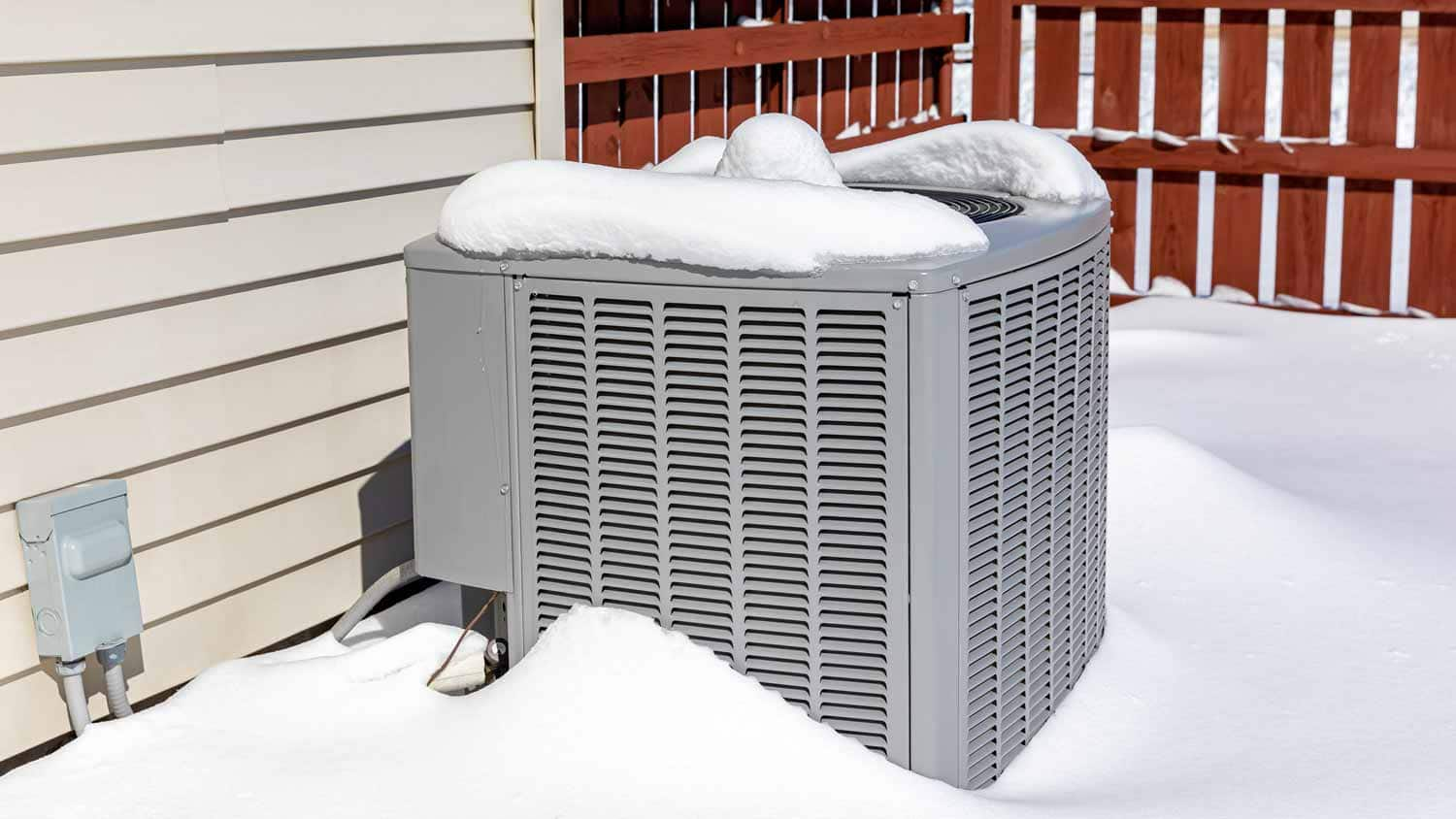Frozen AC Pipe - Causes and Ways to Resolve the Problem
Frozen AC Pipe - Causes and Ways to Resolve the Problem
Blog Article
Just about everyone is bound to have their own perception with regards to Why Is Ice On My Outside Air Conditione.

Intro
Discovering that your air conditioning pipeline is iced up can be worrying, particularly throughout warm summer months when you rely on your air conditioning unit the most. Comprehending what to do in such a scenario is crucial to avoid additional damages to your cooling system and guarantee your comfort inside.
Understanding the Causes
Several variables can add to the cold of an air conditioning pipeline. Recognizing these causes can help you attend to the issue properly.
Absence of Airflow
One usual source of an icy air conditioner pipeline is inadequate air flow. When the airflow over the evaporator coil is limited, it can trigger the coil to go down below freezing temperature, resulting in ice development on the pipe.
Reduced Refrigerant Levels
Not enough cooling agent levels in your air conditioner system can also result in a frozen pipeline. Reduced refrigerant degrees can create the pressure in the system to go down, bring about the cold of moisture on the evaporator coil.
Cold Weather Conditions
In colder climates, freezing temperature levels outside can add to the freezing of air conditioner pipes. If your AC unit is not effectively insulated or if there are leaks in the ductwork, cold air can penetrate the system, triggering the pipe to freeze.
Dirty Air Filters
Unclean or clogged air filters can limit airflow in your AC system, leading to numerous issues, including an icy pipe. It's important to change or cleanse your air filterings system regularly to make certain proper air movement and avoid ice accumulation.
Indications of a Frozen Air Conditioner Pipe
Recognizing the signs of a frozen air conditioning pipeline is important for timely action.
Minimized Airflow
If you notice a considerable decline in airflow from your vents, it can indicate a frozen pipeline.
Ice Buildup on the Pipe
Noticeable ice accumulation on the refrigerant line or the evaporator coil is a clear indicator of an icy air conditioner pipeline.
Strange Sounds from the Unit
Uncommon audios, such as hissing or bubbling, originating from your air conditioning device can signal that there's ice present on the pipeline.
Immediate Actions to Take
When confronted with an icy air conditioner pipeline, it's essential to act promptly to stop additional damages to your air conditioning system.
Switching off the AC
The initial step is to turn off your a/c unit to prevent the system from running and worsening the issue.
Looking for Blockages
Inspect the area around the indoor system for any kind of blockages that might be blocking air movement, such as furniture or drapes.
Thawing the Pipe
You can utilize gentle methods like placing towels taken in warm water around the frozen pipe to help thaw it gradually.
Safety nets
Taking safety nets can assist avoid future events of a frozen air conditioning pipe.
When DIY Methods Fail
If your attempts to thaw the pipe or address various other problems are unsuccessful, it's time to call an expert.
Significance of Hiring a Professional HVAC Technician
A licensed HVAC technician has the competence and tools necessary to identify and fix problems with your a/c system safely and properly.
Regular Maintenance Checks
Arrange routine upkeep checks with a specialist HVAC technician to make certain that your AC system is running successfully.
Changing Air Filters
Frequently replace or cleanse your air filters to stop air flow limitations and keep ideal efficiency.
Shielding Exposed Pipes
If your air conditioner pipes are exposed to cool temperature levels, think about insulating them to avoid freezing during cold weather.
Looking For Professional Help
If DIY methods fall short to deal with the concern or if you're unsure about how to proceed, it's best to look for support from a qualified HVAC technician.
Conclusion
Dealing with a frozen AC pipeline can be an irritating experience, but understanding how to respond can aid lessen damage and bring back comfort to your home. By comprehending the reasons, acknowledging the indications, and taking timely action, you can effectively resolve the issue and stop future occurrences.
What to Do If Your AC Line Is Frozen
Make Sure All Supply and Return Air Vents Are Open
If you notice problems with airflow, the first thing you should do is check your supply and return vents. Supply vents distribute clean, conditioned air throughout your home. As this air becomes stale, it’s pulled into the return vent, where it’s reconditioned before being sent back out through the supply vent.
When these vents are closed, air won’t flow in the home. Before examining your AC, check the vents in every room and ensure they’re all open.
Check for a Dirty Air Filter
Another possible cause of limited airflow is a dirty air filter. Your air conditioner’s filters catch elements you don’t want to breathe in, such as dirt and dust. Over time, filters can become clogged, ultimately blocking air from flowing in and out. The lack of airflow can then cause the entire coil to freeze and will completely restrict any air from moving through it. The AC may need to be powered off for one to two days to allow the coil to thaw after replacing the filter to allow proper functioning of the unit. This debris can also accumulate on your AC’s evaporator coil, requiring a more serious repair. In general, air filters should be cleaned regularly (about every two weeks).
Assess Your Outdoor Unit
In addition to checking your AC, assessing the outdoor unit is a good idea. Also known as the condensing unit, it works with your interior unit to release heat outside. An issue with the outdoor unit can result in rising internal temperatures.
Overgrown Shrubs or Clogged Leaves
From leaves and twigs to shrubs and debris, there’s no shortage of outdoor elements that can accumulate around your condensing unit. When these elements get lodged inside the unit, they can block airflow. Fortunately, removing the blockage can solve the problem.
Sounds of a Broken Fan
Shrubs and leaves aren’t the only things that can impede your outdoor unit’s airflow. If the fan is broken, the unit won’t be able to properly get rid of heat — which means the internal temperature won’t go down. First, make sure the fan is spinning. If it is, check for the following sounds of a broken fan:
Buzzing Rattling Screeching Hissing Clicking Preventative Measures
Nobody wants to deal with a frozen AC line. In addition to causing problems with your air conditioner, they require professional repairs. On the bright side, there are preventative measures you can take to help ensure this issue doesn’t arise in the first place.
https://www.coopergreenteam.com/blog/what-to-do-if-ac-line-frozen

We were shown that editorial about How can I fix an air conditioner’s frozen pipe? through a good friend on a different web address. Make sure you set aside a second to promote this article if you appreciated it. I praise you for your time. Visit again soon.
Or Book Technician Here Report this page